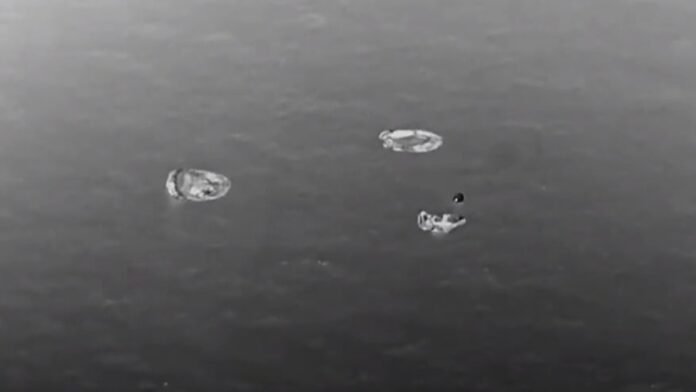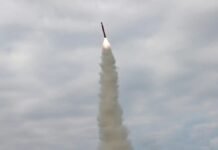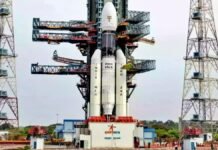
New Delhi: The Indian Space Research Organisation (ISRO) achieved a major milestone in its ambitious Gaganyaan mission, which aims to send humans into space, by successfully launching the first unmanned test flight on Saturday. The test vehicle D1 (TV-D1) lifted off from the Satish Dhawan Space Centre in Sriharikota at 10 a.m., after a technical glitch in the engine ignition delayed the launch by two hours.
ISRO announced the successful launch on its social media platform X, saying, “The reason for aborting the TV-D1 launch of Gaganyaan has been identified and rectified. The launch is planned at 10 am.” Earlier, ISRO chief S Somnath had informed that the launch of the test vehicle was not possible at 8 a.m., as scheduled, due to an issue in the engine propulsion. He had said, “We need to find out what went wrong and make sure the craft is safe. Soon after analysis, it will be told what caused the interruption in the automatic launch.”
The TV-D1 mission is a crucial step towards validating the safety parameters of the crew module and the crew escape system, which are designed to carry and protect the astronauts during the Gaganyaan mission. The crew module is the payload in the rocket, and it is a habitable space for astronauts in space with an Earth-like environment. It consists of a pressurized metallic inner structure and an unpressurized outer structure with thermal protection systems.
The TV-D1 mission was expected to be brief, as the crew escape system would separate from the rocket at an altitude of 17 km and deploy parachutes to land safely in the Bay of Bengal, about 10 km away from Sriharikota. The crew module would also follow a similar trajectory and splash down in the sea. Both the modules would be recovered by the Indian Navy.

The data obtained from this test flight would help ISRO to assess the performance of various systems in the crew module and the vehicle and prepare for further tests and unmanned missions, which would pave the way for the first Gaganyaan programme.
The Gaganyaan mission aims to send three Indian astronauts into low Earth orbit at an altitude of 400 km for a three-day mission in 2025 and bring them back to Earth safely. This programme will make India the fourth nation to launch a manned spaceflight mission after the US, Russia, and China.












































